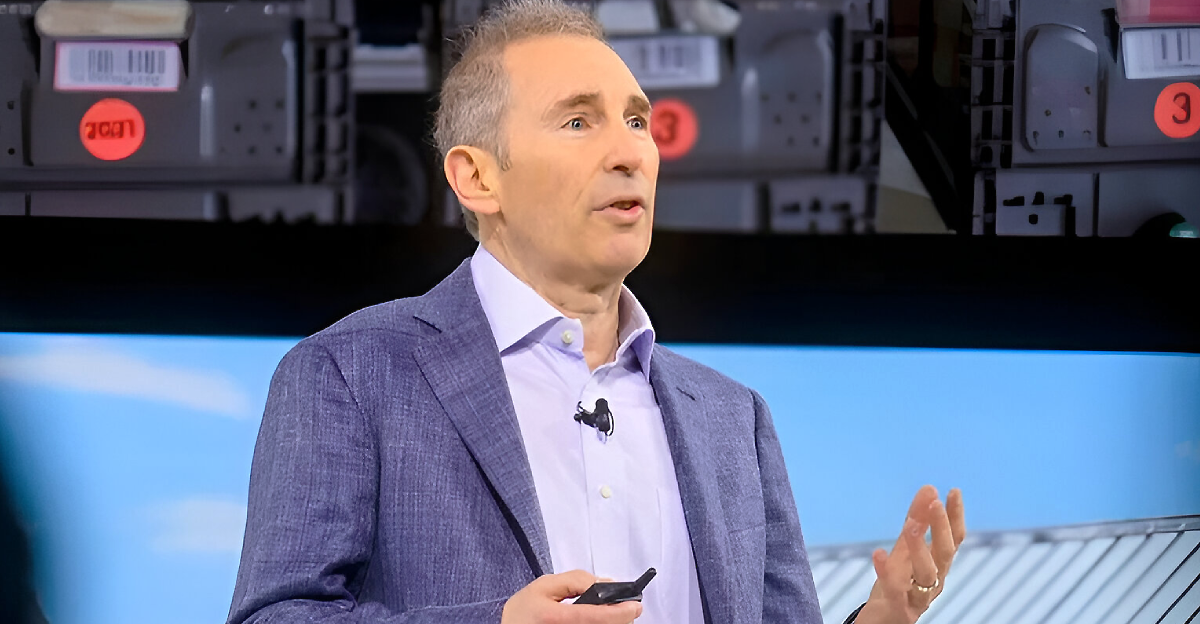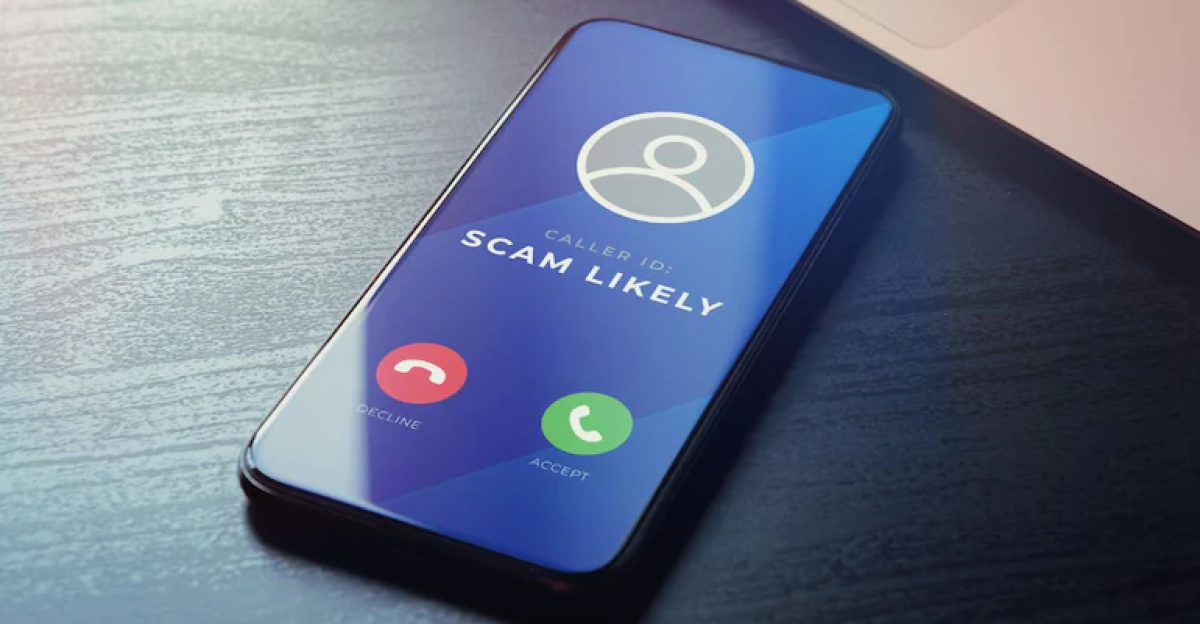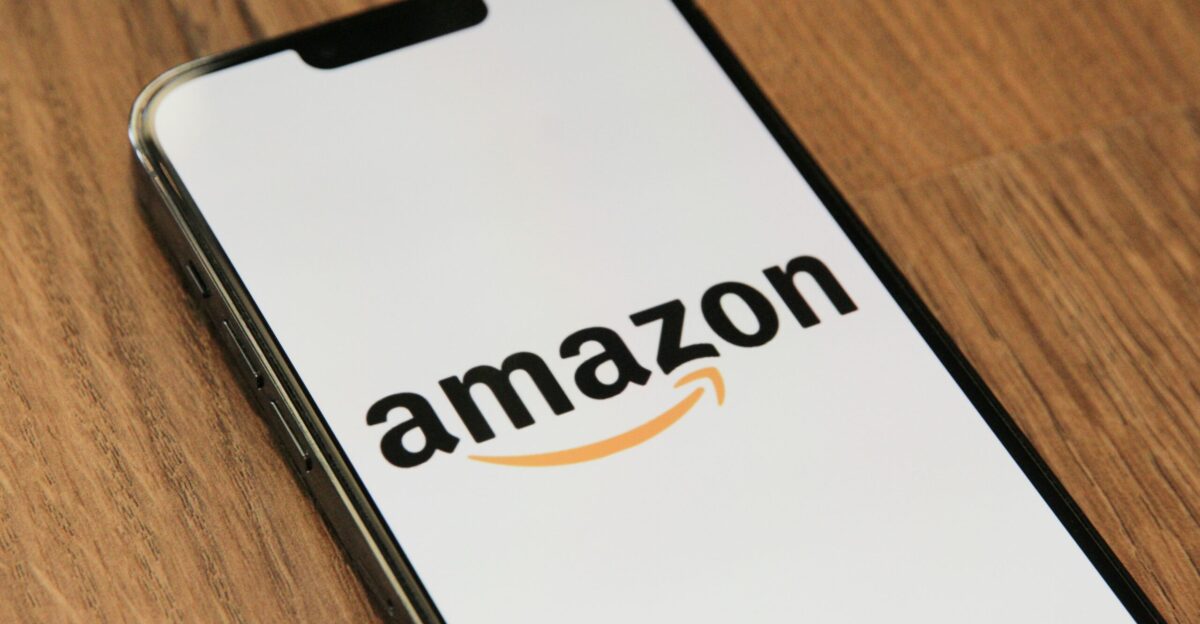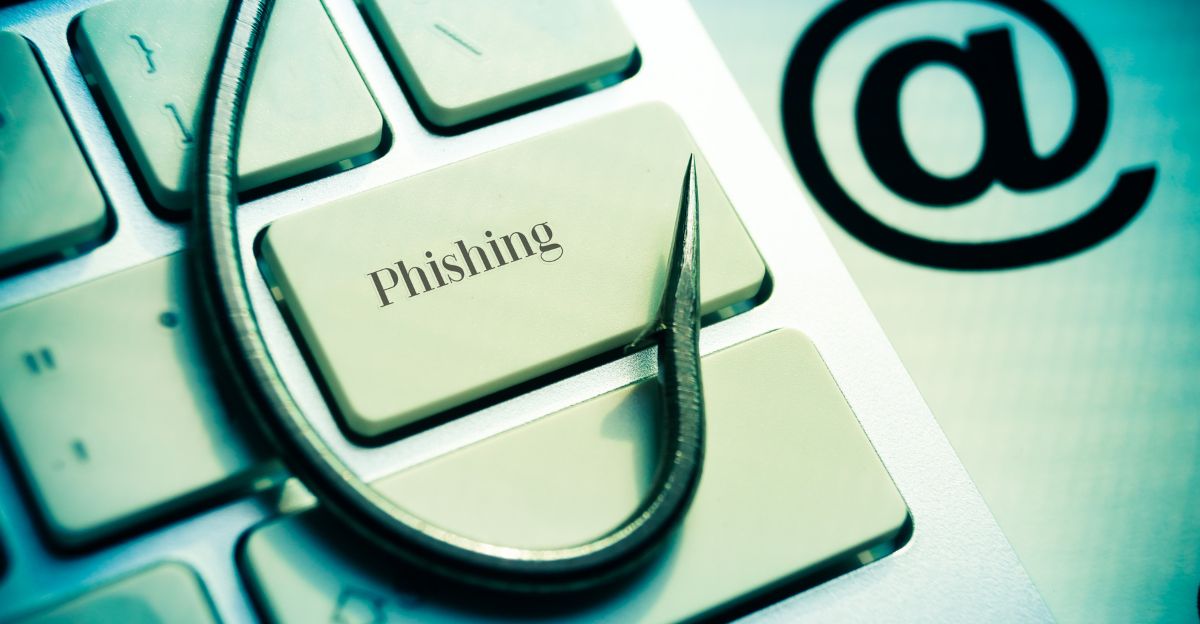
Amazon has issued a red alert to Prime members, warning of a surge in slick, highly convincing scams mimicking the retail giant. Think official-looking emails, urgent texts, and persuasive phone calls, each designed to swipe your personal and financial details before you even realize what’s happening.
The company urges shoppers to stay razor-sharp, especially during major sales, and to double-check any message claiming to be from Amazon before clicking or replying. This warning follows Amazon’s recent takedown of thousands of scam sites and phone lines – a clear sign these cybercriminals aren’t just fishing – they’re hunting.
The Growing Scale of the Threat

With millions of Prime members worldwide, Amazon has become a jackpot for cybercriminals. The bigger the membership, the bigger the target, and Prime accounts are now at the top of every scammer’s wish list. Phishing attacks and online fraud attempts are hitting record highs, forcing Amazon to step up with tougher monitoring and constant scam alerts.
But no matter how advanced the defenses, one thing hasn’t changed: the strongest shield is still you – the member – staying alert.
Anatomy of a Scam

These con artists don’t just slap “Amazon” on their messages and hope for the best. They craft convincing emails, texts, and phone calls that mimic genuine Amazon communications, often claiming urgent issues like billing problems or suspicious account activity.
Their goal? To trick you into handing over login credentials, bank details, or your Social Security number.
Familiar Scam Playbooks

One of the scammers’ favorite plays is the fake “renewal notice,” claiming your Prime subscription is about to auto-renew at a higher price. The email dangles a “cancel subscription” link that doesn’t save you money; it leads you to a financial mess. If you type in your details, they’ve got your account, and if you reuse passwords, they might have a lot more.
To make matters worse, these crooks often sprinkle in personal details stolen from other breaches, making their lies look just real enough to fool even the cautious.
Spotting the Impersonators

Amazon says most scam attempts hinge on bogus order or account alerts designed to trigger panic. The messages push you to act fast – click a link, hand over details, or make an immediate payment. Some even demand gift cards, a telltale red flag, since Amazon never asks for payment that way.
Bottom line: if a message feels off, trust your gut and don’t take the bait.
Amazon’s Cybersecurity Arsenal

To hit back, Amazon has taken down more than 55,000 phishing sites and 12,000 scam phone numbers in 2024 alone, using advanced detection tools to sniff out and block fraudulent activity before it reaches customers. The tech is evolving as fast as the scams, and Amazon says it’s in the fight for the long haul.
As VP of Selling Partner Services Dharmesh Mehta puts it: “Scammers who impersonate Amazon put consumers at risk. While these scams happen outside our store, we’re committed to protecting customers and helping them spot the fakes.”
How to Tell What’s Real

Amazon urges members to play detective by scanning sender addresses and email formatting before clicking anything. One quick giveaway? On platforms like Gmail or Yahoo, legitimate Amazon emails display the brand’s iconic smile logo right next to the sender’s name – a small but mighty authenticity check. If that smile is missing, consider it your cue to hit pause, take a closer look, and verify through Amazon’s official site before doing anything else.
Why Phishing Websites Are So Dangerous

Typing your details into a scam site is like handing criminals the master key to your digital life. It doesn’t just unlock your Amazon account – if you recycle passwords (a cyber no‑no) – it could give them access to your email, bank, and other online accounts in one go.
Worse, these fake login pages often grab your payment information, setting the stage for fraudulent charges, drained accounts, and identity theft that can ripple far beyond a single Amazon purchase.
Scam Activity Peaks During Big Sales

The risk skyrockets during major sales events like Prime Day. In July 2025, scammers unleashed a flood of fake order alerts and bogus renewal warnings, swamping inboxes with urgent-sounding traps. It’s the cybercriminal version of a shopping frenzy … except instead of snagging deals, they’re hunting for your personal info. When everyone’s focused on scoring bargains, these fraudsters are busy trying to score your data.
What You Can Do Right Now

Always double-check purchase alerts by logging directly into Amazon’s official website or app; never trust links in unexpected emails or texts. Spot something fishy? Report suspicious messages or calls immediately through Amazon’s dedicated channels to help stop scammers in their tracks.
Protect yourself further by using strong, unique passwords and turning on two-factor authentication. When it comes to your account, every extra layer of security counts.
Don’t Forget: Report and Educate

Forward any scam attempts straight to Amazon’s dedicated report addresses, as this helps them track down fraudsters and sharpen their detection tools. Amazon also keeps its Security & Privacy pages fresh with the latest tips and teams up with cybersecurity experts and law enforcement to stay one step ahead of these ever-evolving threats. Staying informed and reporting scams isn’t just smart, it’s part of the fight to keep your account safe.
Stay Sharp, Shop Smart

Amazon’s warning couldn’t come at a better time, especially with shopping sprees around the corner. Never hand over sensitive info through unsolicited messages; always double-check before clicking or replying. Stick to Amazon’s safety tips, and you’ll keep your Prime perks and peace of mind safe from scam artists looking to spoil your party.
